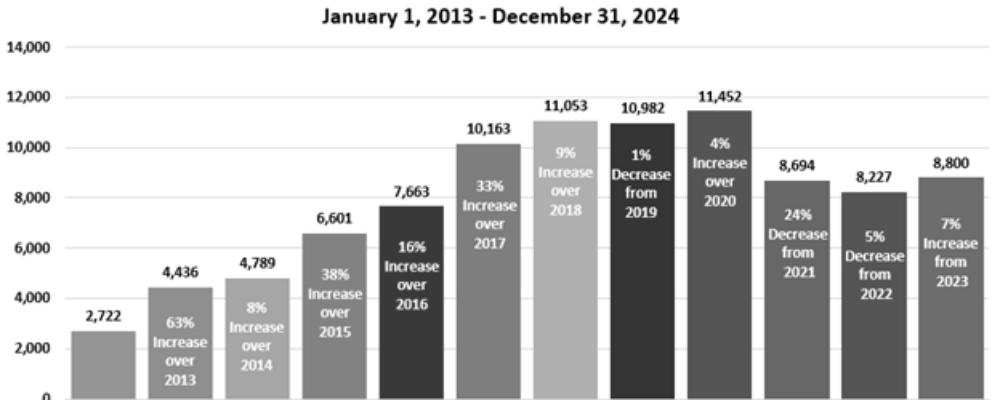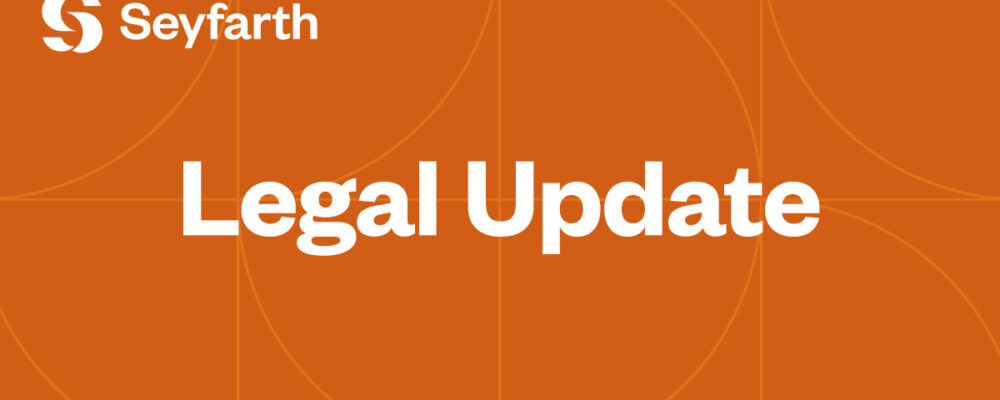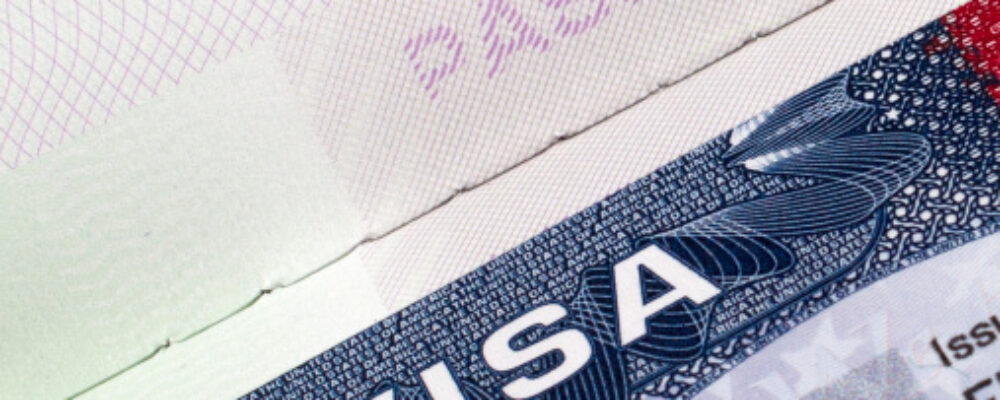On September 4, 2024, New York Gov. Kathy Hochul signed into law an amendment to New York’s warranty reimbursement statute, N.Y. Veh. & Traf. Law § 465, requiring manufacturers to compensate dealers for labor using the “reasonable” time allowances contained in third-party labor time guides “reasonably utilized” by dealers for customer-pay repairs. In so doing, New York is the second state to adopt such a statutory provision this year and joins several other states that have abrogated agreements between manufacturers and dealers, permitting dealers to seek reimbursement for warranty service using third party labor time guides instead of the contractually-agreed OEM flat rate time guides.
OEM Flat Rate and Third Party Labor Time Guides
OEMs typically reimburse dealers for warranty labor at their average hourly retail labor rates multiplied by the flat rate time allotted for a given repair in the manufacturer’s published LTG. To establish these flat rate repair times, manufacturers conduct labor time studies to determine the actual time required for technicians specifically trained and equipped to perform repairs for vehicles of a particular line-make to complete each step of a specified repair, plus a generous allowance for administrative and other time. Third party time guides, on the other hand, are published by companies whose staff review OEM repair procedures and estimate how long they think independent repair shop mechanics—who have not received specialized training and do not necessarily have access to all factory-approved tools and diagnostic equipment—to complete a particular repair.
New York and Alaska Amend Dealer Statutes In 2024
As amended, N.Y. Veh. & Traf. Law § 465(1) now defines the “reasonable compensation” manufacturers must pay to dealers for warranty service to allow dealers to claim “the reasonable labor time allowances defined by the retail labor time guide reasonably utilized by a franchised motor vehicle dealer for non-warranty customer paid labor operations.” This means that in order for a dealer to claim reimbursement using the time allowances contained in a particular third party time guide, the dealer must actually “utilize” the time guide in customer pay repairs. It also means that both the dealer’s actual use of a particular time guide and the individual time allowances within that guide must be “reasonable.”
Earlier in 2024, Alaska similarly amended its dealer statute to require warranty labor time reimbursement to match the time allowances in third-party labor time guides. Specifically, Alaska Stat. § 45.25.210(c) now provides that, “[u]nless otherwise agreed to by the manufacturer and the new motor vehicle dealer, the schedule of compensation may not contain (1) rates less than the rates that the dealer charges retail customers for similar nonwarranty service work; and (2) time allowances less than time allowances provided in independent labor time guides.” Alaska’s amendment also prohibits OEMs from recovering their increased warranty reimbursement costs “by reducing the amount due to or imposing a separate charge, surcharge, administrative fee, or other similar cost on the new motor vehicle dealer.” Alaska Stat. § 45.25.300(8). These amendments will take effect on October 27, 2024.
Other States Have Adopted Similar Provisions
In adopting these provisions, New York and Alaska have joined three other states—Minnesota, Montana, and Illinois—that allow dealers to seek warranty labor reimbursement based on time allowances in the customer-pay labor time guide of their choice instead of the OEM’s time guide (or, in Illinois, based on the OEM’s guide multiplied by 1.5). Minnesota amended its warranty reimbursement statute in October 2023 to require that “[c]ompensation for warranty labor must equal the dealer’s effective nonwarranty labor rate multiplied by the time guide used by the dealer for nonwarranty customer-paid service repair orders.” See Minn. Stat. § 80E.041(4)(a). If no time guide exists for a particular warranty repair, hourly labor compensation must cover “the time actually spent to complete the repair order and must not be less than the time charged to retail customers for the same or similar work performed.”
In Montana, dealers can affirmatively “elect” whether to receive warranty labor reimbursement using the OEM’s flat rate time guide or the dealer’s chosen third party labor time guide for nonwarranty repairs. See Mont. Code § 61-4-213(1)(a). And Illinois amended its warranty statute, effective January 2022, to provide that “[i]n the event that a time guide has not been agreed to [by the manufacturer and dealer] for warranty repairs, or said time guide does not define time for an applicable warranty repair, the manufacturer’s time guide shall be used, multiplied by 1.5.” See 815 Ill. Comp. Stat. 710/6(b). Illinois’ labor time guide amendments survived a constitutional challenge earlier this year.
“With approximately 900 lawyers across 17 offices, Seyfarth Shaw LLP provides advisory, litigation, and transactional legal services to clients worldwide.”
Please visit the firm link to site






